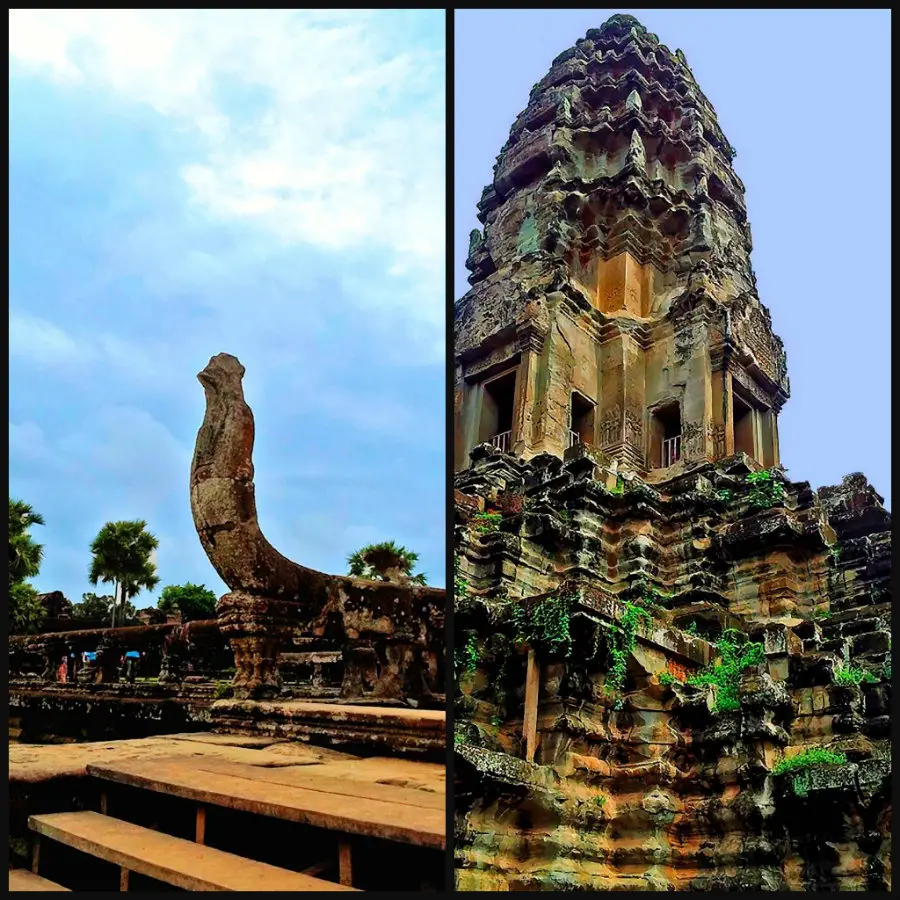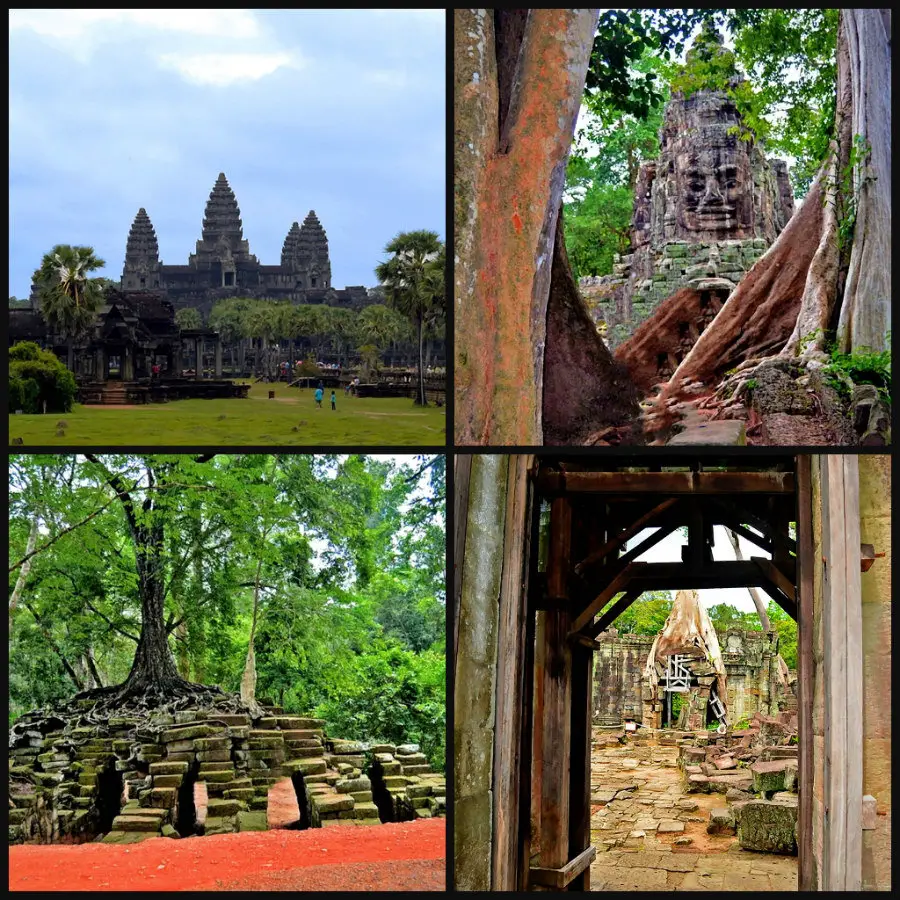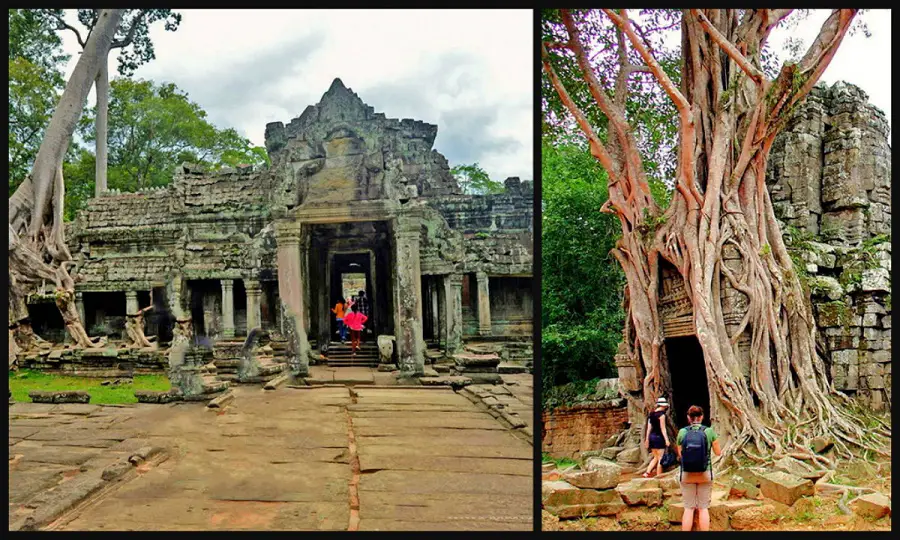In the event that you have never gone to the Angkor Wat UNESCO Site here are a few tips for getting the most out of a visit to the Angkor Wat complex. The temples including Angkor Wat are the most well known in Cambodia. You can best appreciate going to this sanctuary in the early morning and late afternoons as it can be a tiny bit hot in the mid-day hours. Be that as it may, going by in the late afternoon is so much more brilliant. You can keep a watch out for the sunset and look for super cool photo perspectives that you can shoot of the Angkor Wat Temples. You can get better results of the incredible sanctuary in the afternoon as opposed to in the morning. The mornings are so crowded that it is very hard to get decent photographs.
When you arrive in the Siem Reap region where the extraordinary Angkor Wat complex is situated , don’t expect to see all of there is in one day. You will need to spend somewhere in the range of three to four days or a week to see all of the different sanctuaries that compose Angkor Wat. Those sanctuaries are incredibly well preserved and were created during the old time of Cambodia. The easiest thing to do is lease a bicycle or you can travel by Tuk Tuk. The vast majority of the Tuk Tuk drivers can communicate in English and numerous other dialects, so they can also be your friendly guide. In any case, it is a good idea to purchase a manual which depicts the sanctuary history. These manuals will also let you know the best time to visit each sanctuary so that you can plan your visits.
Angkor Wat Temples
Angkor which signifies “incredible city” was the capital of the Khmer Empire, a realm that once thrived and had a fortification over Southeast Asia. The remains of the antiquated city have turned into a noteworthy vacation spot due to a few amazing temples inside what is presently the Angkor Archeological Park. A portion of the structures dates back to the ninth century. The following are the most well known and most visited in the recreation center.

The Angkor Wat
The Angkor Wat is the fascinating heart of the Angkor Archeological Park. It was developed in the twelfth century by King Suryavarman II out of appreciation for the Hindu God “Vishnu,” known as “the preserver.” During that period, Hinduism was the nation’s fundamental religion. Carved on the dividers of the sanctuary halls are perplexing pictures of divinities and engravings from Hindu writing. One of these is the “Agitating of the Sea of Milk,” a story that shows up in the Mahabharata. It recounts the Devas and Asuras. The guide of the god Vishnu in an interesting mural for “Amrita,” which was accepted to be the solution to everlasting life.
The Bayon Temple
The Bayon Temple is known as the temple of “numerous smiling idols.” It is known for its huge stone faces of the bodhisattva Avalokiteshvara, with one facing outward and keeping watch at each compass point.
Angkor Thom was built as a square, the sides of which run exactly north to south and east to west. Standing in the exact center of the walled city, it represents the intersection of heaven and earth. Bayon was built in the late twelfth century by King Jayavarman II in his capital city Angkor Thom. The temple was committed to the god Buddha in light of the fact that the king was Buddhist. Nonetheless, after his rule, succeeding rulers returned to Hinduism.

Ta Prohm
Ta Prohm is one of the significant sanctuaries in the complex. It was created in the twelfth century by King Jayavarman II. Ta Prohm was a Buddhist temple dedicated to the mother of King Jayavarman VII. It was built deep in the backwoods as a religious community for Buddhist friars. At present, the sanctuary is no longer utilized. However, it is a standout amongst the most well-known sanctuaries in the recreation center as a result of the monster trees growing out of its remnants. This was the site for the film ‘Lara Croft: Tomb Raider’. The vines, some as wide as an oak tree, breaking massive stones in two and spill over the top of temple ramparts. The effect is striking, especially at the strangulating root formation on the inside of the easternmost entrance pavilion. Another popular site is the “Tomb Raider tree” in the central sanctuary, where Angelina Jolie picked a jasmine flower and was sucked beneath the earth.
The Banteay Srei Temple
The Banteay Srei Temple is renowned for the many-sided points of interest cut on its sanctums, arches, and columns. It is a sanctuary devoted to the Hindu god Shiva. It was produced using sandstone of clear rosy shades. This was the only major temple at Angkor not built for the king; instead, it was constructed by one of king Rajendravarman’s counselors. Banteay Srei translates as “Citadel of Women,” and it is said that the reliefs on this temple are so delicate that they could only have been carved by the hand of a woman.
The Banteay Samre Temple
Banteay Samre is one of the most remote of the temples. Because of its remoteness, it does not have as many tourists visiting. The temple is worth the extra effort to experience the elaborate architecture and fine carvings. The name Samre refers to an ethnic group of mountain people, who inhabited the regions at the base of Phnom Kulen and were probably related to the Khmers. No inscription has been found in this temple, but the style of most of the architecture is of the classic art of the middle period similar to Angkor Wat.
The Prasat Kravan Temple
The Prasat Kravan is a little Hindu sanctuary worked in the tenth century. It is an unusual arrangement of five towers in a row on one terrace. They are built of brick; the horizontal support of stone across the top of the doors and the columns are of sandstone. This temple was dedicated to Laksmi, wife of Siva. She holds the symbols of her powers in her four hands and is flanked by kneeling admirers.
Tip: The reliefs in this tower are best viewed in the morning when the east light enters the door, in the afternoon they are barely visible.

The Baphuon Temple
The Baphuon sanctuary was created during the eleventh century. The sandstone monument that was dedicated to Shiva is in the shape of a stepped pyramid. It is close to the Bayon Temple and is effectively utilized as a Buddhist hallowed place.
It is important for visitors to know that clothing regulations are enforced here. Open garments like shorts, sleeveless shirts or tube tops are not permitted and travelers must maintain a quiet decorum while inside the sanctuary.
The Pre-Rup Temple
The Pre Rup temple was built during the tenth century and was devoted to the Hindu god Shiva. It is one of the tallest temples in the recreation center and is accepted to be an old site for important religious events. The temple’s name is a comparatively modern one meaning “turn the body”. This reflects the common belief among Cambodians that funerals were conducted at the temple, with the ashes of the body being ritually rotated in different directions as the service progressed.
Tip: Because the temple is built entirely of brick and laterite (a reddish clayey material), the warm tones of these materials are best are seen early in the morning or when the sun is setting.
As always, our photos are posted at A Road To Photography.
